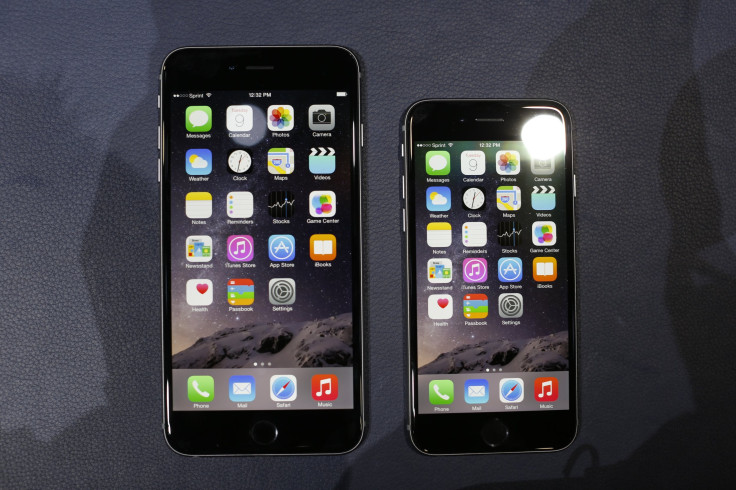iPhone 6 Buyer's Guide: Should You Go Big Or Bigger?

Apple's new line of iPhones seems to be aimed at those still packing an iPhone 4 or 4S. If your iPhone 5 or 5S is still useful to you, there's far less cause to part with your cash for a slightly larger device -- unless, of course, you’ve been itching for a larger screen all this time.
Both phones offer larger screens, but which phone is for you? Here's a breakdown of each to help you figure out which one is your best bet before you pre-order.
What they have in common
Internals and performance between the two phones are largely identical. Both of them will come with Apple’s new and improved A8 processor, the fastest one to be included in any of the company’s mobile devices to date. Both will have a barometer and motion sensor for respectively tracking your altitude and steps taken during the day, essential data for those interested in recording physical activity. Both have an improved-quality camera from previous generations of the iPhone. And of course, they'll both feature the NFC chip that Apple hopes will convert you from credit cards to paying for everything using Apple Pay.

The iPhone 6 Plus: The big one has arrived
The iPhone 6 Plus so far appears to be the one claiming the most consumer interest. It’s got a whopping 5.5-inch screen, a far cry from the iPhone’s current 4-inch display. As the iPhone 6 Plus is yet to be released into the wild, you can get a sense of what it’s like to use a phone with these dimensions by test-driving a Samsung Galaxy Note 4 or comparable phablet device. But do keep in mind that the iPhone 6 Plus (as well as the 6) will have a one-handed mode that makes it easy to navigate the much larger screen without needing to use two hands, reorienting various apps to make them more accessible while still holding the phone with one hand. This will especially be a godsend for users with smaller hands. Here’s one-handed mode in action:
The biggest consideration for a purchase of Apple’s biggest phone: It’s a pricy gadget. The entry-level model of this much-awaited phone is $300 with a two-year contract, and it gets more expensive from there depending on how much storage space you want. If you want to save money or are less concerned with having a bigger screen, you may want to sit out on the Plus.
With that in mind, the iPhone 6 Plus is something that rapidly approaches an “iPad Nano,” a near-tablet with a data connection. It's loaded with utility while also looking elegant. Its potential to replace both your phone and tablet can’t be overstated – it’s a mini-computer, thinner than all previous iPhones while still fitting in your pocket. How cool is that?
The iPhone 6: Still bigger, but not huge
Let's scale things down for a moment. This device’s screen is 4.7 inches on the diagonal, making it a nice middle-of-the-road form factor that will suit most people – larger than the standard iPhones of today, not quite as jacked as the huge iPhone 6 Plus. By and large, the size is the only difference between the iPhone 6 and the iPhone 6 Plus. It bears mentioning that the Plus's camera has some video stabilization features not found on the standard 6, but this isn’t a big deal unless you’re a video warrior. Both cameras are of comparable quality and shooting capability.
Its smaller size means it comes with a more-agreeable price tag. Prices start at $199, a nice savings from comparable models of the Plus.
In conclusion
The standard iPhone 6 appears to be Apple’s replacement device for those wanting to upgrade their iPhone 5 or 5S without changing their usage habits. A new smartphone for voice calls, texting, email and app use. The iPhone 6 Plus edges in on standard tablet territory, geared for those who want one device to do it all.
© Copyright IBTimes 2025. All rights reserved.




















